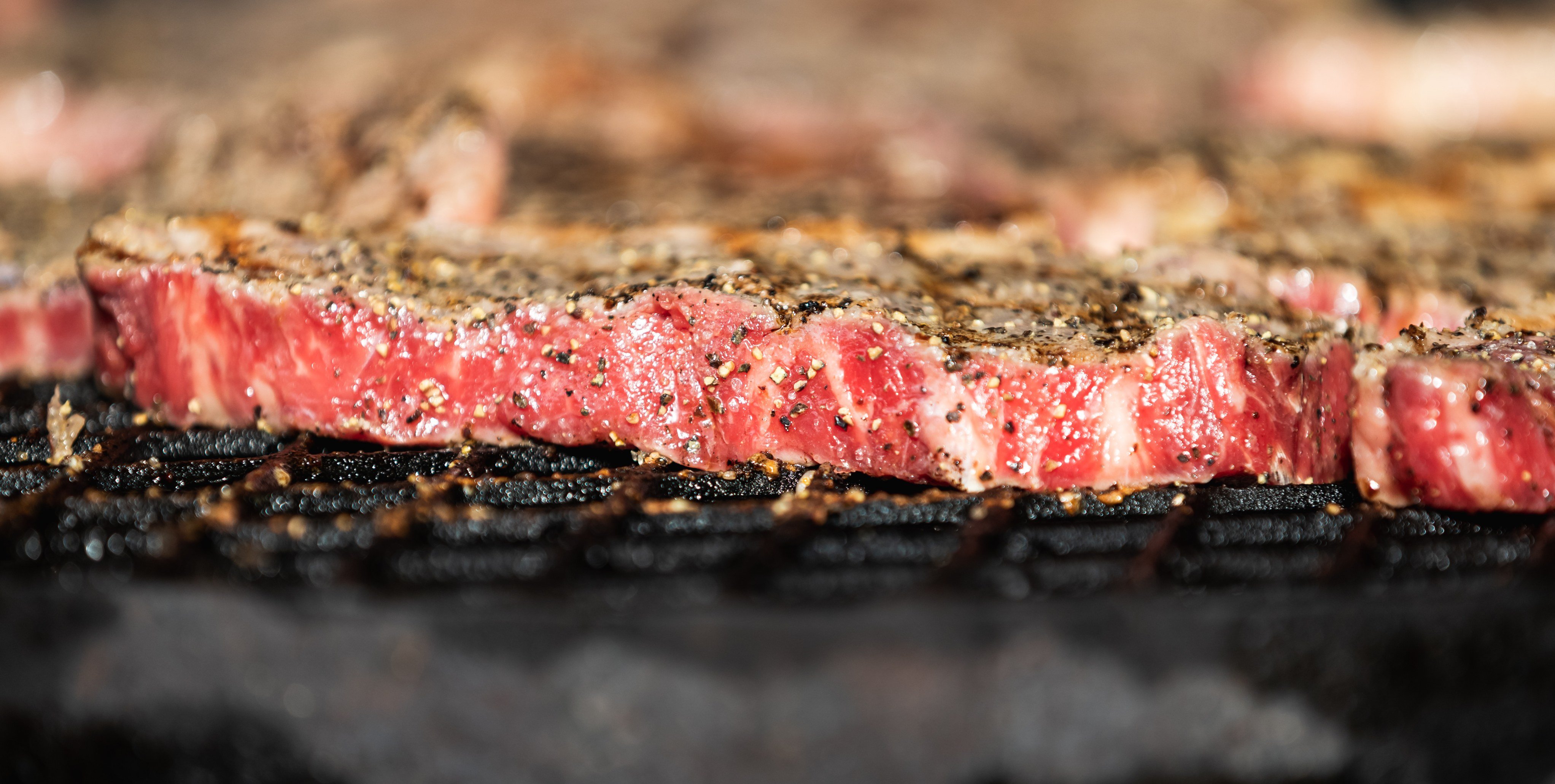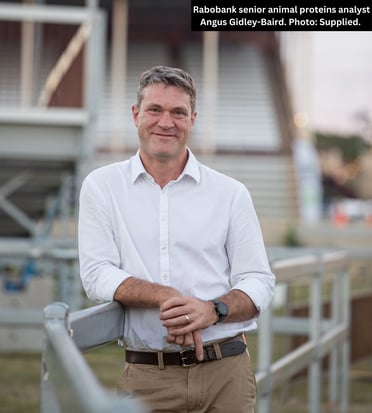 Structural changes in the Argentinian beef industry could result in increased competition for Australia, as the South American country looks to direct more beef into the global market.
Structural changes in the Argentinian beef industry could result in increased competition for Australia, as the South American country looks to direct more beef into the global market.
A combination of increased Chinese demand, the devaluation of Argentina’s currency (leading to greater
competitiveness) and a reduction in its own domestic consumption is behind the growth in the country’s beef exports, Rabobank has said in its recently-released Q2 Global Beef Quarterly report.
From 2010 to 2019, exports represented on average around 10 per cent of the total of Argentina’s beef production, with this share more than doubling to 26pc from 2020 to 2022.
The bank says China remains the dominant market for Argentina, with 77.6pc of its beef shipments sent to China in 2022, and that's expected to continue.
“With Argentina’s position as China’s second-largest beef supplier and given the type of product Argentina
exports, any increase in Argentina’s exports is likely to mean increased competition for Australia into this key market," Rabobank senior animal proteins analyst Angus Gidley-Baird said.
Economics and elections
Argentina remains one of the largest producers, consumers and exporters of beef in the world, the report says.
But, in addition to the issues faced by many other countries, Argentina has two particular challenges that distinguish it from other regions and will shape the Argentinian beef industry over the coming years – the economic crisis that has intensified in recent years and the presidential elections in October 2023. 
“The most recent polling (April) indicates the top three candidates are from opposition parties, with these parties supporting a more free market and the removal of protectionist measures, such as the current export restrictions,” the report said.
Any future Argentinian government will have the challenge of balancing the impacts of La Niña, with Argentina experiencing its third consecutive year of dry seasons, causing feed costs to rise and pasture quality and availability to decline.
This will have to be done while also balancing the availability and cost of food, investments in infrastructure and technology, the bank said.
Existing export restrictions have not reduced Argentina’s overall beef export volumes, and removing these measures may actually lead to exports increasing further.
Rabobank expects without an improvement in the purchasing power of the local population, Argentina’s domestic beef consumption will likely fall further.
That is unless economic reforms lead to an appreciation of the Argentinian peso, reducing the attractiveness of Argentinian beef on the export market.
“Argentina’s beef consumption has been slowly declining over the last 30 years and reached its lowest level – 47.5kg person/year – in 2022,” the report said.
While several factors have contributed to this, the rising cost of beef is a leading cause.
Retail beef prices in Argentina have increased by more than 35pc (in USD) since January 2019, with short ribs selling for US$8.30/kg in January 2023 compared to US$6.11/kg in January 2019.
“Beef consumption in Argentina has a powerful cultural connection and rising prices and declining consumption have become a focus for government policy,” the report said.
In an effort to curb rising inflation and limit rising beef prices, export restrictions were put in place in June 2021.
But, the Rabobank report said, with the temporary closure of food service and further deterioration in economic conditions throughout the pandemic, inflation remains high and restrictions on beef exports have been extended until the end of 2023.
Australia
For Australia, increased cattle numbers are leading to higher slaughter volumes and lower cattle prices for the local beef sector.
“Consecutive years of herd rebuilding is now starting to become evident through consistently higher weekly slaughter numbers,” Mr Gidley-Baird said.
Rabobank estimates the national slaughter will be up 16 per cent in 2023, and while these projected numbers lie within the current processing capacity, there remains pressure in the system.
“Most processors have been able to accommodate the increased volumes through better utilisation of existing staff levels,” Mr Gidley-Baird said.
"However, increasing beyond the current volumes is believed to require additional staff, and given the tightness of the labour market and low availability of skilled workers, this would inhibit further slaughter increases.”
Herd rebuilding has also led to a drop in producer-restocking activity, Mr Gidley-Baird said.
“With many areas across Australia now believed to be close to normal breeding numbers – except some areas in Queensland and northern Australia – the urgency of cattle producers to buy more stock is now lower and prices for young and replacement stock have declined accordingly.”
 Results
Results

